I'm trying to implement an atmospheric scattering in openGL. I'm using this "paper" as tutorial: http://developer.amd.com/wordpress/media/2012/10/GDC_02_HoffmanPreetham.pdf
However I have some difficulties to understand certain points and to figure out some constants.
Basically I've to implement these formulas:

Firstly i don't know if s is the distance from eye to the dome or the distance from eye to the light source (here sun) position. Same for the angle theta I can't figure out if it's the angle from ground to sun or to the dome position the eye is looking at.
Secondly in this slide:
 It tells me the blue color of the sky will appears. I know it's cause of rayleigh scattering but there is something i can't understand. All the calculation in the formulas above give me a scalar: so how a white light of the sun wich is basically a vec3(1,1,1), will become blue when I multiply it by scalars, it will only get in gray scale because I will have for result for example vec3(0.8,0.8,0.8). I mean , if some different sky color appears, I must multiply the sun light with a vec3 to change the RGB value differently.
It tells me the blue color of the sky will appears. I know it's cause of rayleigh scattering but there is something i can't understand. All the calculation in the formulas above give me a scalar: so how a white light of the sun wich is basically a vec3(1,1,1), will become blue when I multiply it by scalars, it will only get in gray scale because I will have for result for example vec3(0.8,0.8,0.8). I mean , if some different sky color appears, I must multiply the sun light with a vec3 to change the RGB value differently.
Now I encountered some difficulties to implement my shader. Here is the code for the sky shader:
#version 330
in vec3 vpoint;
in vec2 vtexcoord;
out vec2 uv;
out vec3 atmos;
uniform mat4 M;
uniform mat4 V;
uniform mat4 P;
mat4 MVP = P*V*M;
//uniform vec3 lpos;
vec3 lpos = vec3(100,0,0);
uniform vec3 cpos;
vec3 br = vec3(5.5e-6, 13.0e-6, 22.4e-6);
vec3 bm = vec3(21e-6);
float g = -0.75f;
vec3 Esun = vec3(2000,2000,2000);
vec3 Br(float theta){
return 3/(16*3.14) * br * (1+cos(theta)*cos(theta));
}
vec3 Bm(float theta){
return 1/(4*3.14) * bm * ((1 - g)*(1 - g))/(pow(1+g*g-
2*g*cos(theta),3/2));
}
vec3 atmospheric(float theta, float s){
return (Br(theta)*Bm(theta))/(br+bm) * Esun * (1- exp( -(br+bm)*s ));
}
void main() {
gl_Position = MVP * vec4(vpoint, 1.0);
uv = vtexcoord;
vec3 domePos = vec3(M*vec4(vpoint,1.0));
vec3 ldir = lpos - domePos;
float s = length(domePos-cpos);
float theta = acos(dot(normalize(ldir-domePos),normalize(domePos-
cpos)*vec3(1,1,0)));
atmos = atmospheric(theta,s)*1000000*5;
}
I don't get what I'm expected, here is what I get:
I only have the blue, and no redish sunset, yet the sun is low and according to the different tutorials I have seen, i should see some redish color appear when the sun goes low.

